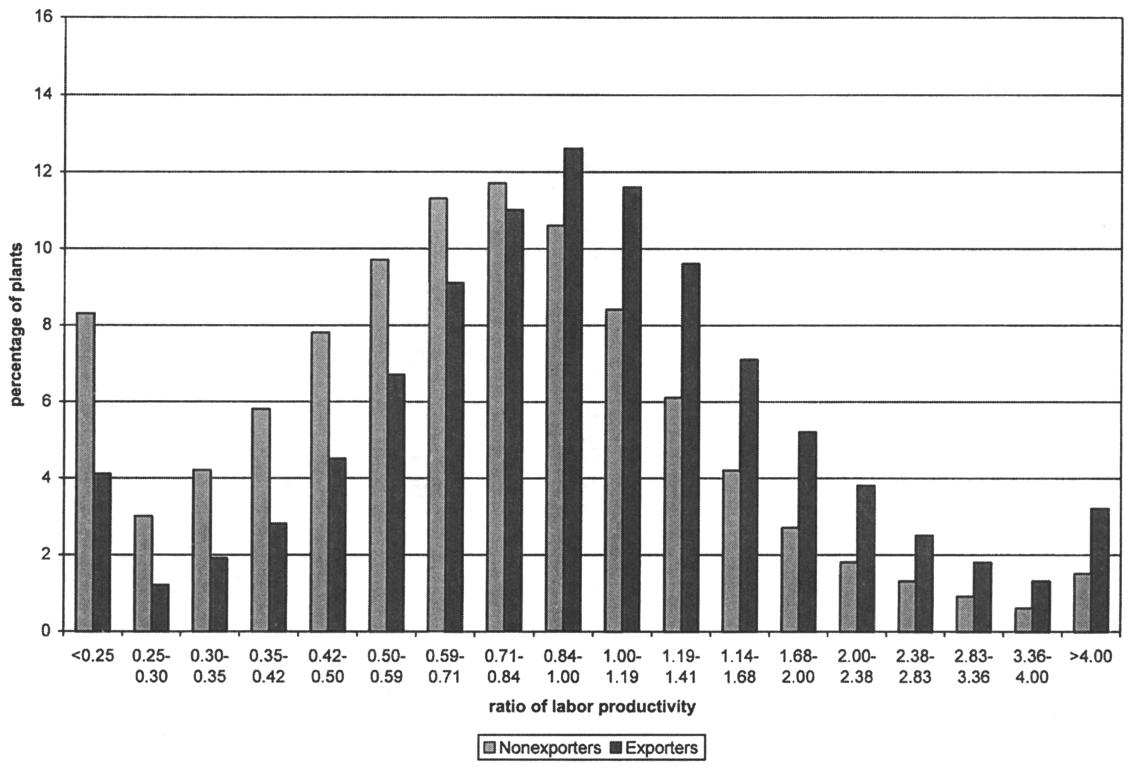
Figure 2A. When labor productivity is higher, plants export more.
Trade strengthens plants a few plants at a time and a few products at a time
…exporters are in the minority; they tend to be more productive and larger, yet they usually export only a small fraction of their output.
…of the roughly 200,000 plants in the Census, only 21 percent report exporting anything.
Even the plants that do export sell mostly at home. Around two-thirds of the exporters sell less than 10 percent of their output abroad. More than half of exports come from these plants.
Fewer than 5 percent of the exporting plants (which also account for about 5 percent of exporters’ total output) export more than 50 percent of their production.
Trade strengthens plants by leaving them larger and more productive
How can we reconcile the low level of export participation and export intensity by individual plants with the fact that 14 percent of gross U.S. manufacturing production is exported? The major reason… is that the plants that export are much bigger, shipping on average 5.6 times more than nonexporters. Even excluding their exports, plants that export ship 4.8 times as much to the U.S. market than their nonexporting counterparts.
…plants… differ substantially in measured productivity. A substantial number of plants have productivity either less than a fourth or more than four times the average.
Plants that export appear to be more productive.
…Figure 2A brings out the striking association between [productivity and export performance]. The exporters’ productivity distribution is a substantial shift to the right of the nonexporters’ distribution.
…exporters have a 33-percent advantage in labor productivity overall, and a 15-percent advantage relative to nonexporters within the same 4-digit industry.
When trade strengthens plants, prices get lower
…greater efficiency not only raises the probability of exporting, it will also likely result in a lower domestic price. Even though, as we showed above, more efficient plants tend to be further ahead of their rivals, so can charge a higher markup, these rivals, nonetheless, tend to be more efficient themselves, forcing the plant to set a lower price.
Although foreign markets are small in plants’ revenues, the international economy nonetheless plays an important role in determining which producers are in business and which are good enough to export.
Trade strengthens plants because people shift to high-productivity plants
Lower trade barriers… tend to nudge out low-productivity plants while enabling the highly productive to sell more abroad.
Even though the number of U.S. plants fall there is little net job destruction (but substantial job turnover).
Aggregate productivity rises as employment shifts from low-productivity plants driven out by import competition to high-productivity plants turning toward export markets.[1]
- Bernard, Andrew B., et al. “Plants and productivity in international trade.” The American Economic Review 93.4 (2003): 1268-1290.